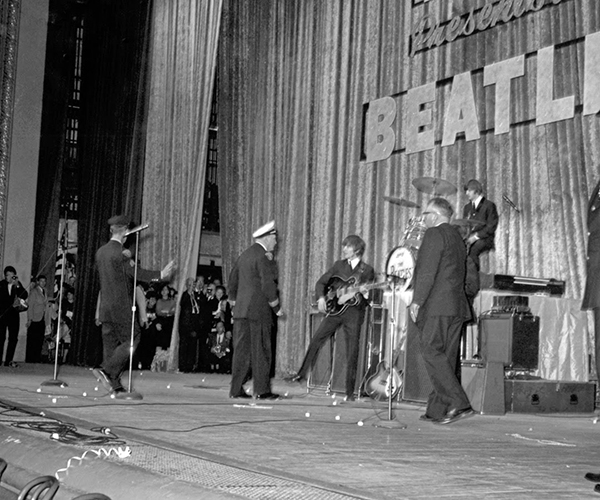On a flight back from a trip to Labrador and Newfoundland, Canada, my wife said to me, “What do we do next?” I said, “I don’t know.” Here is where the story departs. She says it was my idea to fly to Alaska, I say it was her idea. We spent four years chatting about it, and last Christmas it all came together. We said, “Let’s do it,” and started to get organized.
The First Legs We took off from the Griffing Airport in Sandusky. We had a hell of a lot of territory we needed to cover, and we knew we were going to fly through bad weather. I divided the trip into legs and took 22 visual flight rules charts with me. On top of those 22, I had another 10 instrument flight rules charts and a half-dozen landing plates, or aerial overviews of landing locations. We stuffed an 8-by-20-inch cardboard box with maps, charts and books. Aside from this huge box of charts, we had roughly 200 pounds of food and a few hundred pounds of emergency gear - enough stuff to survive for 14 days in the wilderness.
But the first day, we were flying and things felt awkward - the plane didn’t feel balanced. I’m not happy. I’m stressed-out for the first two legs of the trip. In general, flying is exhilarating, and I’m rarely nervous or fearful. But on the way to Minnesota and Winnipeg, Canada, the plane wasn’t handling well, and I was thinking, What have I done wrong here? We landed and moved supplies closer to the cockpit to shift the weight forward. That was it. Then the plane handled like a dream.
In Flight If you compare riding in a bus to riding on a motorcycle with the wind in your hair and the breeze flowing over your body as you cruise down the road, that is the same difference between riding in a commercial airplane and a Cessna. But piloting a plane is just much more adrenaline than riding a motorcycle.
Cloud Cover We flew through cloud after cloud for one and a half hours before arriving in Saskatoon, Saskatchewan. I turned to my wife and said, “If you were ever going to throw up in an airplane, this would have been the day.” The clouds are a different temperature than the air around them, so when you hit that pressure change, the plane jumps up or drops down. We’d be flying at 8,000 feet and all of a sudden, the plane would zip up to 8,500 feet altitude. That is a lot of jump. It’s like being on a roller coaster ride that lasts two hours.
Nearly Smoked If we hadn’t stopped the first day because I was so tired, we would have landed in one of the 80 forest fires near Edmonton. When we stopped that night, we radioed in and our flight path was moved 20 miles north. We never got to see the fires per se, but we saw tons of smoke. The smoke reached the base of a cloud and was building up into a layer nearly 1,000 feet thick.
The Finish That is when I started to shake, when we landed in Barrow, Alaska. All the adrenaline hit the central nervous system. I call it the job-well-done feeling. It’s like you are a kid again with so much excitement you can’t hold still. I was out there tying down the plane in a short-sleeved shirt and I felt just fine with all the rush going through me. It was 35 degrees.
What’s Next We talked about a northern route to Greenland, Iceland and over to England, but I will need a twin-engine plane for that trip. More likely, we’ll fly to the southwest quadrant of the United States, around the perimeter of the U.S. or to the Caribbean Islands.
- as told to Kristen Hampshire
Flying To The 'Top Of The World'
After 18 days, 66 flight hours, 900 gallons of gasoline and 7,488 miles, Don Sieg and his wife and navigator, Jan, flew over one-third of the planet in their 1968 Cessna propeller airplane. They landed at Alaska’s northernmost point: Barrow, call
in the cle
12:00 AM EST
December 1, 2006



